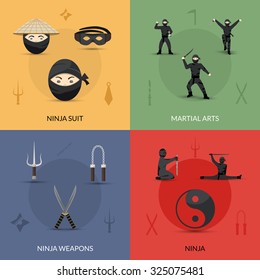Understanding The Principles And Significance Of Taekwondo Patterns
Understanding The Principles And Significance Of Taekwondo Patterns
Blog Article
Short Article Developed By-Nicolajsen Brewer
Did you know that there more than 20 different taekwondo forms, each with its own one-of-a-kind sequence of activities and methods? Click Webpage , likewise called poomsae, play an important role in the practice and development of taekwondo professionals.
But exactly what are these kinds, and why are they so substantial? In this discussion, we will check out the fundamentals of taekwondo forms, their origins, and the key elements that make them an integral part of this martial art.
Whether you're a newbie or an experienced professional, recognizing the value of taekwondo types will certainly strengthen your appreciation for this ancient practice and boost your trip towards mastery.
Origins and Advancement
The origins and evolution of Taekwondo can be traced back to ancient martial arts methods in Korea. It was established over 2,000 years ago and has considering that become a popular and worldwide recognized sporting activity.
Taekwondo was heavily affected by various Oriental martial arts styles, such as Taekkyon and Subak, as well as Chinese martial arts. It was at first utilized as a means of protection, but in time, it advanced right into an affordable sport that focuses on striking techniques and high kicks.
In the 20th century, Taekwondo went through a significant change and was standardized right into its contemporary type. The Korea Taekwondo Organization played an essential role in this procedure, assisting to establish rules, techniques, and develops that are still complied with today.
Crucial Element and Techniques
Currently allow's explore the basic aspects and methods of Taekwondo. To fully understand the key elements and techniques, it is essential to dive deeper into the following subtopics:
- Positions: Taekwondo highlights the correct use of positions, such as the front position, back stance, and steed position. These positions supply security, balance, and power in executing numerous strategies.
- Strikes and Kicks: Taekwondo is renowned for its effective and vibrant kicks, consisting of the front kick, roundhouse kick, and side kick. Strikes, such as strikes and knifehand strikes, are also necessary methods in Taekwondo.
- Blocks and Protection: Reliable protection is essential in Taekwondo. Blocks, such as the high block and low block, are used to shield versus incoming strikes. Appropriate timing and positioning are essential to successfully defending oneself.
Advantages and Influence
One of the considerable benefits of practicing Taekwondo is the improvement of physical conditioning and overall well-being. By engaging in regular training sessions, you can enhance your cardio wellness, strength, adaptability, and endurance. Taekwondo includes a range of activities that target different muscle groups, assisting you build a strong and toned body.
Furthermore, this fighting style advertises psychological wellness by decreasing anxiety and anxiety levels. The self-control and emphasis required in practicing Taekwondo can help enhance your focus and boost your capability to deal with challenging scenarios.
Furthermore, the technique of Taekwondo infuses a sense of self-esteem, self-discipline, and self-control, which can positively influence various locations of your life. On the whole, practicing Taekwondo can bring about a healthier and more balanced way of living.
Conclusion
So there you have it! Taekwondo types aren't simply simple regimens, yet a depiction of the rich background and advancement of this fighting style. By understanding martial arts training in hindi and strategies, specialists can enjoy many physical and mental advantages.
From increased adaptability and stamina to enhanced focus and technique, taekwondo forms have a long lasting impact on those who practice them.
So, whether you're a beginner or a seasoned martial artist, accept the power of these forms and let them take you on a trip through time.
